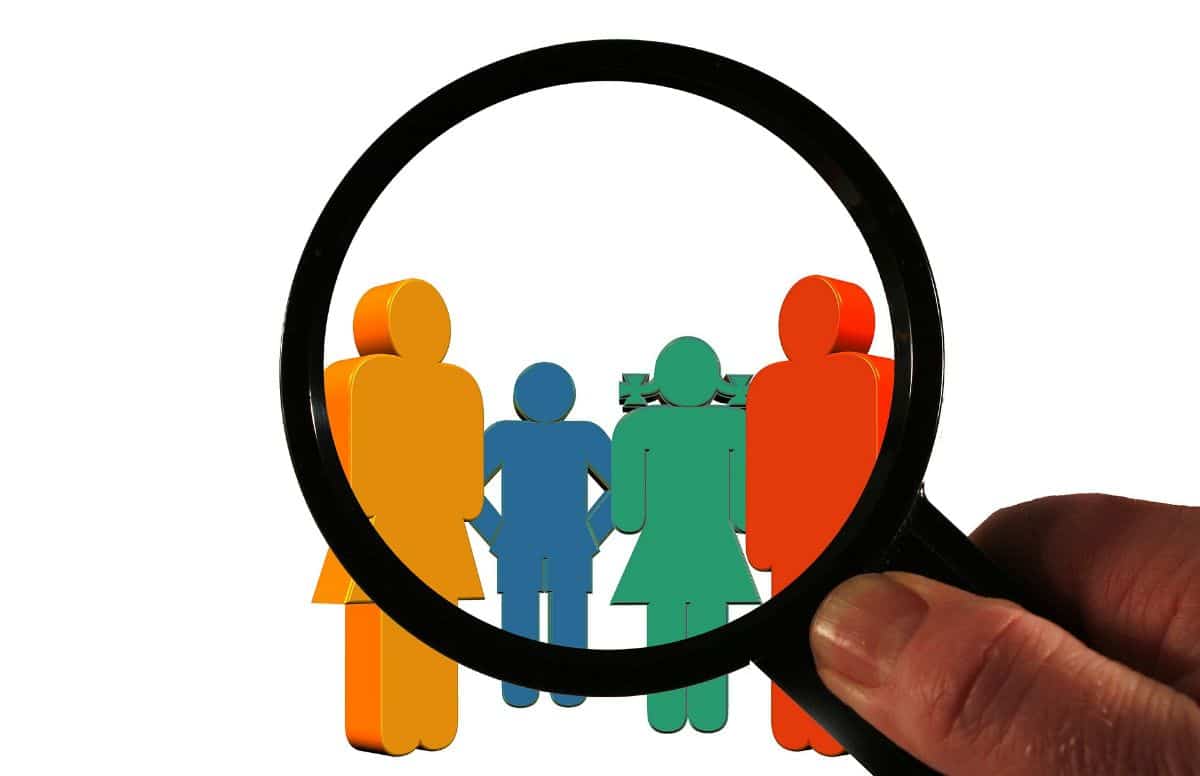
If you have a business, be it a physical store or an eCommerce, surely there is one thing that keeps you awake every day: getting customers. These are not as easy as we might think, and yet it is the strongest pillar for a business. If this is well formed, the stability in the company is undeniable; but if there are not many, the life of your store may be in danger. And, for this, you have to look for potential customers.
But What is a potential customer? What types are there? Can a potential client start a business? If you are asking yourself all these questions, it is time for us to give you an answer.
What is a potential customer

In a simple and clear way, we could say that a potential client is the person who can become a buyer or user of a service or product that you have for sale. In other words, it would be anyone who uses or buys your products.
Now, the qualifier of potential indicates that they have not yet bought anything, but could be interested in that product or service that you offer, without having yet become a real customer.
We give you an example. Imagine that you have seen an incredible dress in a store for a wedding that you have in three months. You may have liked it so much that you want to buy it, but since there is still a long way to go, and you don't know if within a month you will have lost or gained weight, you wait. However, you have it in your sights. That could qualify as a potential customer because they are someone interested in that dress, but have not yet purchased it.
En general, Potential customers are those who are interested in your products or services but do not finish taking the step, being held back by different issues (perhaps the price, the opinions of other customers, etc.).
Potential customers vs real customer
Before we have given you a first approximation of the great difference between a potential client and a real client. Basically both are people interested in the products or services that you sell. But the first does not finish the purchase, while the second does.
We could say that The transition from a potential customer to a real one is as easy as deciding to purchase that product or service.
Potential customer vs target customer
Another difference between two closely related concepts in eCommerce is the potential customer and the objective. While in the first case a potential is any person, the objective defines an exact group that meets a series of specific conditions (age, sex, tastes, hobbies ...).
This is something to keep in mind because many times, when carrying out a marketing strategy, we usually determine a target customer; But sometimes this is not the right one, and that is where potential customers come in, who will give you an idea of whether you have hit the target (for your campaigns) or not.
Types of potential customers

Do you know what there is four types of leads? Each of them gives you the keys to identify them, and it is important to know the characteristics of each of them:
- For its frequency of purchase. They are those who can buy a lot, who do it sporadically, or who buy regularly. Normally the difference between each of them is that one visits the store continuously, sometimes several times, another visits it but interspersing more time and, finally, the one who buys sporadically, only visits it when he really needs something.
- By purchase volume. That is, by the amount of product or service you consume or need for your business.
- By influence. They are potential clients who, although they do not become real clients (some of them), do influence the decision of other people to do so.
- By your profile. They are people closest to the target customer profile. That is, to those who may feel very interested in your product, service, etc.
How to search for potential customers

By the definition we've given you before, a potential customer could be anyone. But in reality this is not so. For example, imagine that you have an eCommerce and that you sell toys. Your target customer would be families with children. But it is clear that a potential client would not be, for example, a single person who does not have children and who does not like toys.
That is, to search for potential customers, you have to know the audience you are addressing, to those who may be interested in your products or services.
Definitely:
- Know what your target market is. That is, the characteristics that define it and the customers that might be interested in what you sell or do.
- Establish marketing strategies to reach that audience. This is perhaps the most important thing, and specifically the segmentation, in order to be more successful. For example, divide by demographic, geographic, behavioral variables, etc.
- Review the communication channels and website. Sometimes the statistics of your website, and social networks, will tell you the audience that you are beginning to interest, which should normally coincide with the target audience that you have marked. But other times this may fail and you will have to rewrite the previous step.
How to capture them
Once you have located potential customers, what really matters to you is that those people who are interested in your products or services take the step and become real customers. In other words, they buy you.
For this, it is important to perform An investigation to find out what is the reason why these people hold back when buying. Could it be because of the price? Because of the opinions of your products? Maybe the quality of what you offer? For the shipping costs if you are going to buy online?
You have to know what it is that makes those customers in the end fail to formalize the order they want.
We are not going to tell you that it is easy to find out, because not many dare to provide that information, but if you can, try to get it. In a physical store you can ask directly; But in an online one what you can do is send an email (if you have one) and ask what is the reason why the purchase is not formalized. If you are kind and let him understand that it is important for you to have his opinion and that you want to know what you can do to make him your client, you will get the cooperation of that person (and some very valuable information).
Once you have that information, the next step is define strategies for those potential customers. You may have to segment them according to the needs of each group, but you ensure a higher probability of success.
The success of these strategies will depend on the investigation and on each person. If you solve the obstacles that previously prevented them from formalizing the purchase, there should be no problem at that time to buy (unless they no longer want the product or have purchased it in another store).
Has it become clearer to you what potential customers are?